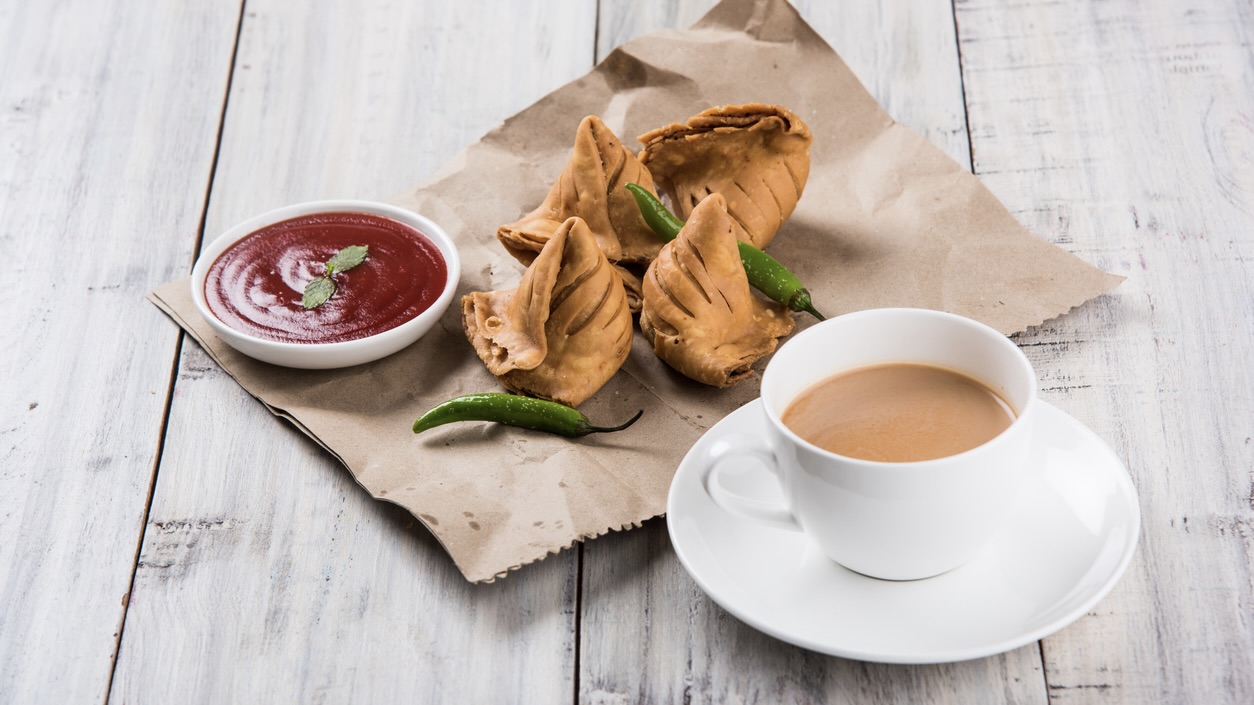The directive instructed departments to “install Oil and Sugar Board displays (Digital/Static posters etc) in common areas (cafeterias, lobbies, meeting rooms and other public spaces) to raise awareness on harmful consumption.”
Published Jul 15, 2025 | 10:01 PM ⚊ Updated Jul 15, 2025 | 10:01 PM

Government departments have been asked to limit access to sugary drinks and high-fat snacks.
Synopsis: The Union Health Ministry has issued an advisory urging government institutions to display oil and sugar content in snacks and promote healthy eating at workplaces, amid alarming projections that India’s obese population could reach 44.9 crore by 2050. The move, based on The Lancet’s GBD 2021 Obesity Forecasting Study, triggered public debate after media reports appeared to link traditional Indian foods like samosas and jalebis to the obesity crisis. Experts have instead pointed to ultra-processed foods as the primary culprits, calling for tighter regulation, public education, and clear policy to address India’s growing non-communicable disease burden.
The Union Health Ministry has recently issued a new policy advising government departments and institutions to display the oil and sugar content in snacks to promote healthier dietary habits.
Citing findings from The Lancet GBD 2021 Obesity Forecasting Study, published in 2025, the ministry warned that the number of overweight and obese adults in India could rise from 18 crore in 2021 to 44.9 crore by 2050 – the second-highest burden globally.
“Obesity significantly raises the risk of Non-Communicable Diseases such as diabetes, hypertension, heart disease, and certain cancers. It also affects mental health, mobility, and quality of life, and imposes a heavy economic burden through increased healthcare costs and productivity losses,” the advisory issued on 21 June by the Department of Health and Family Welfare reads.
The directive instructed departments to “install Oil and Sugar Board displays (Digital/Static posters etc) in common areas (cafeterias, lobbies, meeting rooms and other public spaces) to raise awareness on harmful consumption.”
It also called for the use of official stationery – “letterheads, envelopes, notepads, folders, etc” – to print health messages and reinforce daily reminders on the risks of obesity.
Departments have also been asked to “promote healthy meals and physical activity in offices” by offering more fruits, vegetables, and low-fat options, and by limiting access to sugary drinks and high-fat snacks. The directive suggests active workplace measures such as encouraging stair use, short exercise breaks, and designated walking routes.
“Early prevention and health promotion are critical to reversing these trends,” citing Prime Minister Narendra Modi’s previous call to reduce oil consumption by “10 percent.”
In response to media coverage linking traditional snacks with India’s growing obesity crisis, public health expert Dr Arun Gupta, a paediatrician and convenor of Nutrition Advocacy in Public Interest, pushed back against what he described as an unscientific narrative.
“This viral news clip blames samosas and laddoos for India’s obesity crisis. Let’s be clear: this is unfair and unscientific,” he tweeted. While acknowledging that samosas made at home or by local vendors are high in oil and sugar, he noted they contain no artificial flavourings, chemical additives, or preservatives. “They may be oil-heavy, but eaten occasionally, and shared,” he wrote.
Dr Gupta pointed instead to ultra-processed foods (UPFs) – including instant noodles, packaged chips, colas, flavoured cereals, and sugary biscuits – as the primary contributors to rising obesity.
“India’s UPF sales grew from $900 million in 2006 to $38 billion in 2019,” he tweeted, citing the Economic Survey 2025. “Don’t be surprised that obesity almost doubled in those 15 years. Samosa or laddoo didn’t do that.”
He added that these products are not only nutrient-poor and addictive, but also dominate public spaces through celebrity endorsements, flashy packaging, and sponsorships – from cricket tournaments to school functions. “They come with slogans like ‘fun for the whole family.’ Traditional foods don’t sponsor cricket matches,” he wrote.
Calling for stronger policy measures, Dr Gupta urged the government to implement warning labels on UPFs and restrict marketing aimed at children. “We need nutrition education strong enough to affect food patterns,” he said.
Following criticism over the advisory and media reports suggesting a crackdown on Indian snacks, the Union Health Ministry issued a clarification, describing the notice as an “advisory” and distancing itself from calls for warning labels.
“There have been some media reports claiming that the Union Health Ministry has directed to issue warning labels on food products such as samosa, jalebi and laddoo. These media reports are misleading, incorrect, and baseless,” the ministry said in a statement on Tuesday, 15 July.
It clarified that the advisory was intended as an initiative to encourage healthier choices in workplaces, and aimed at raising awareness about “hidden fats and excess sugar in various food items.”
“These Boards are meant to serve as daily reminders on fighting obesity, the burden of which is sharply rising in the country,” the statement said.
It further emphasised:
“The Health Ministry advisory does not direct warning labels on food products sold by vendors, and has not been selective towards Indian snacks. It does not target India’s rich street food culture.”
(Edited by Dese Gowda)
